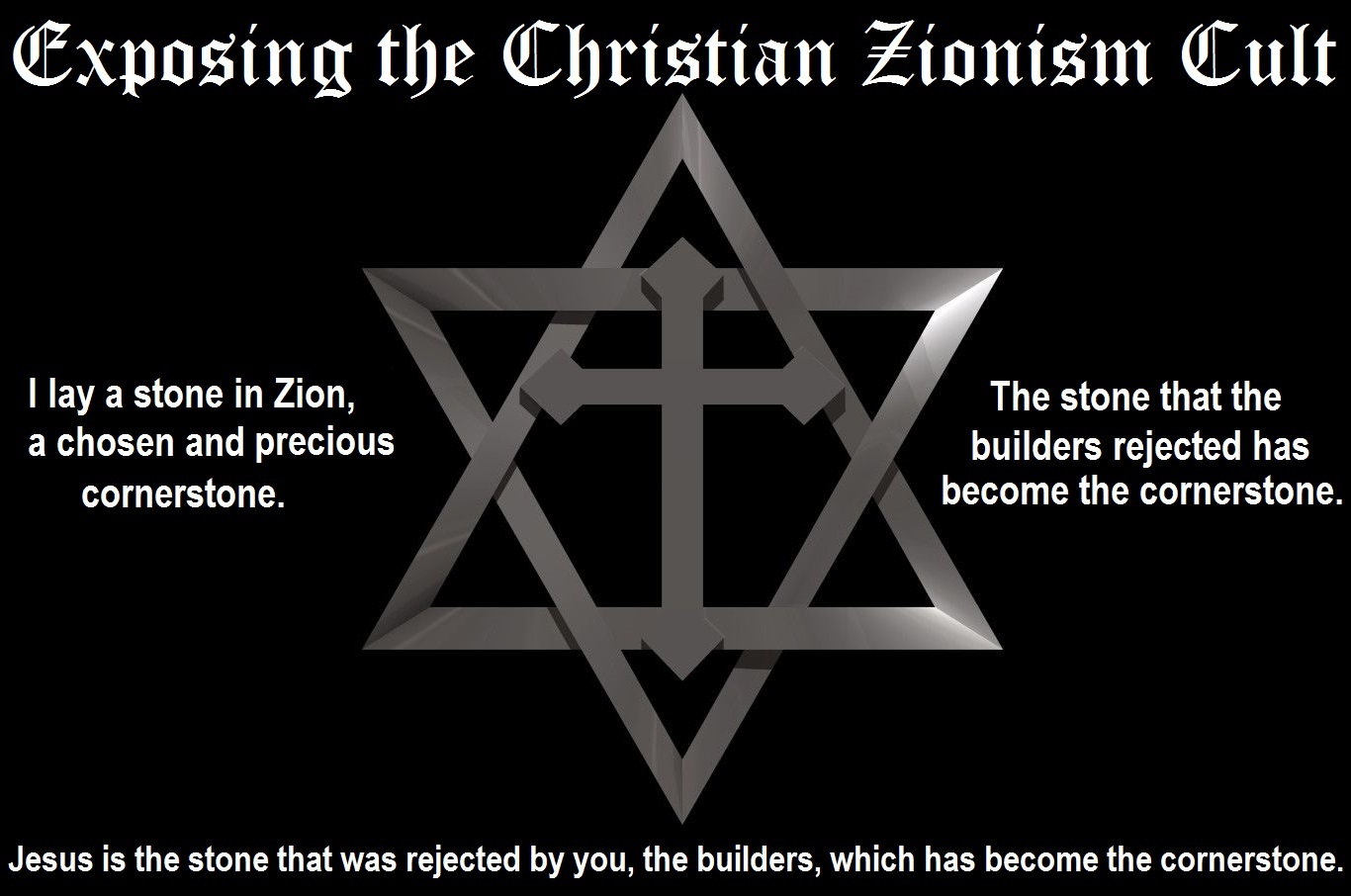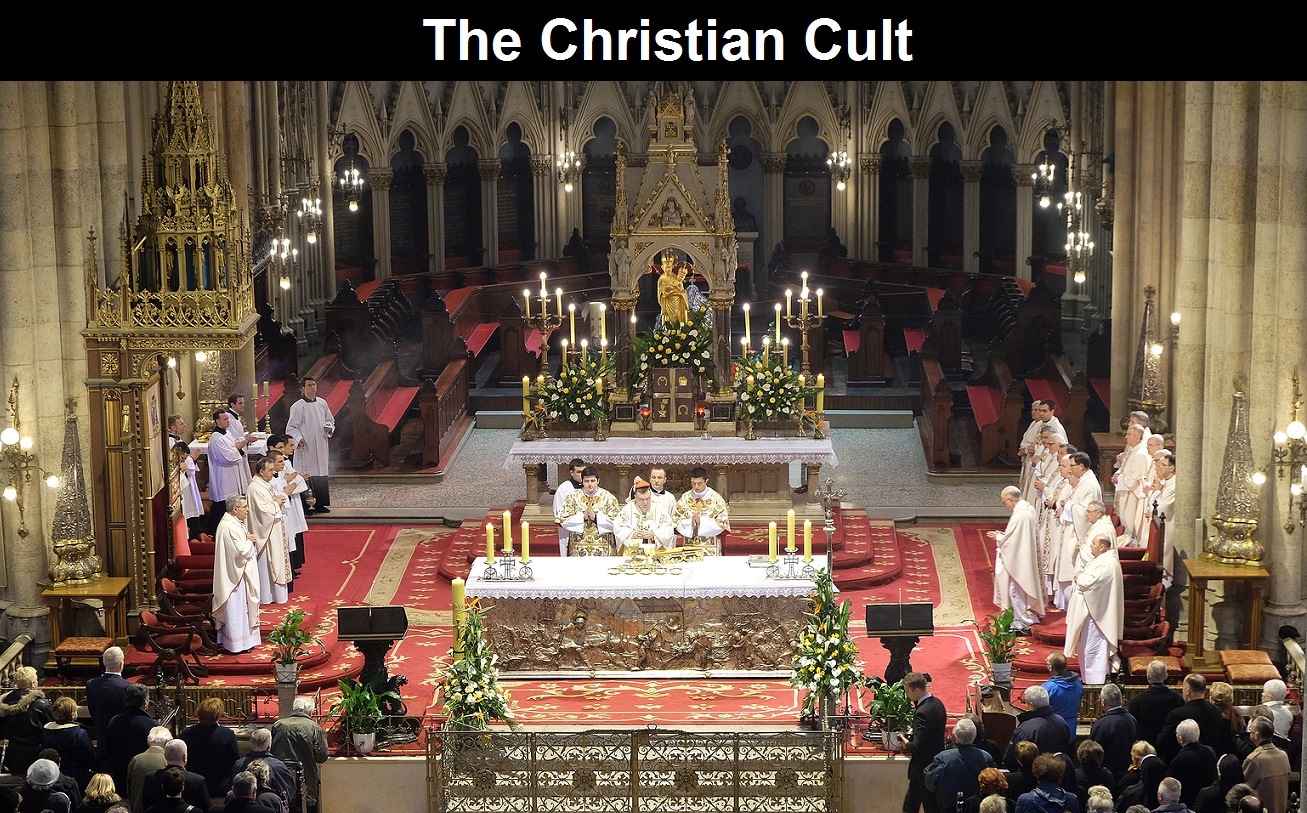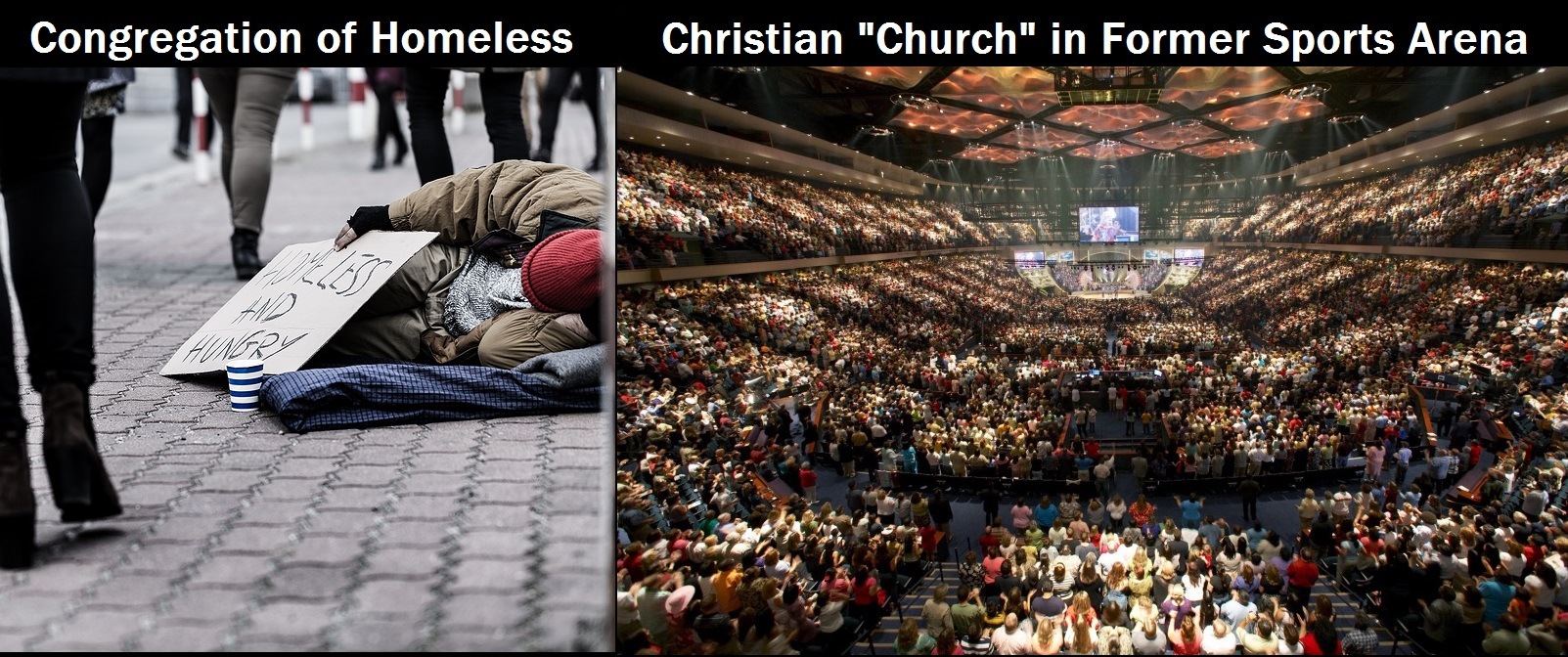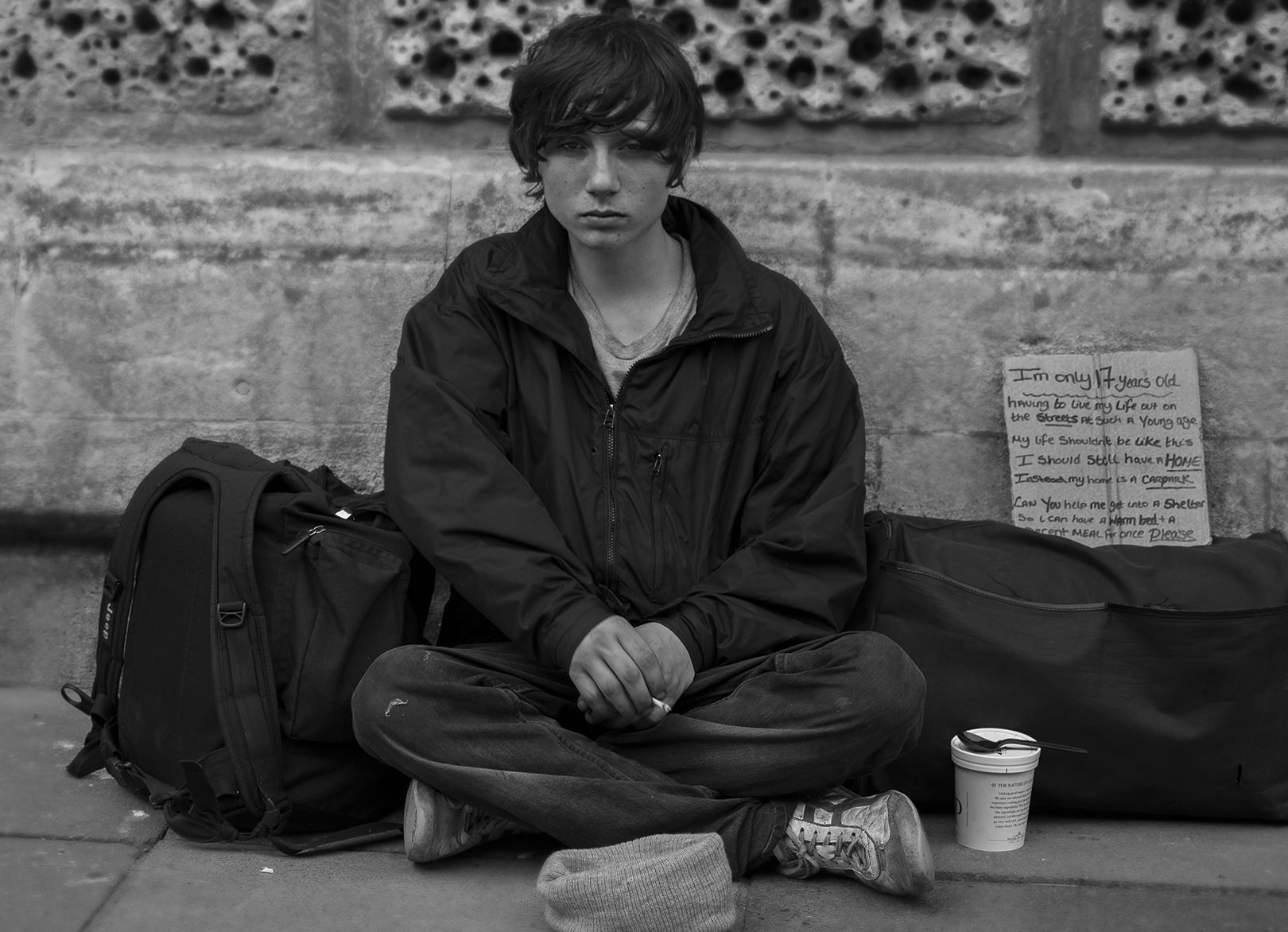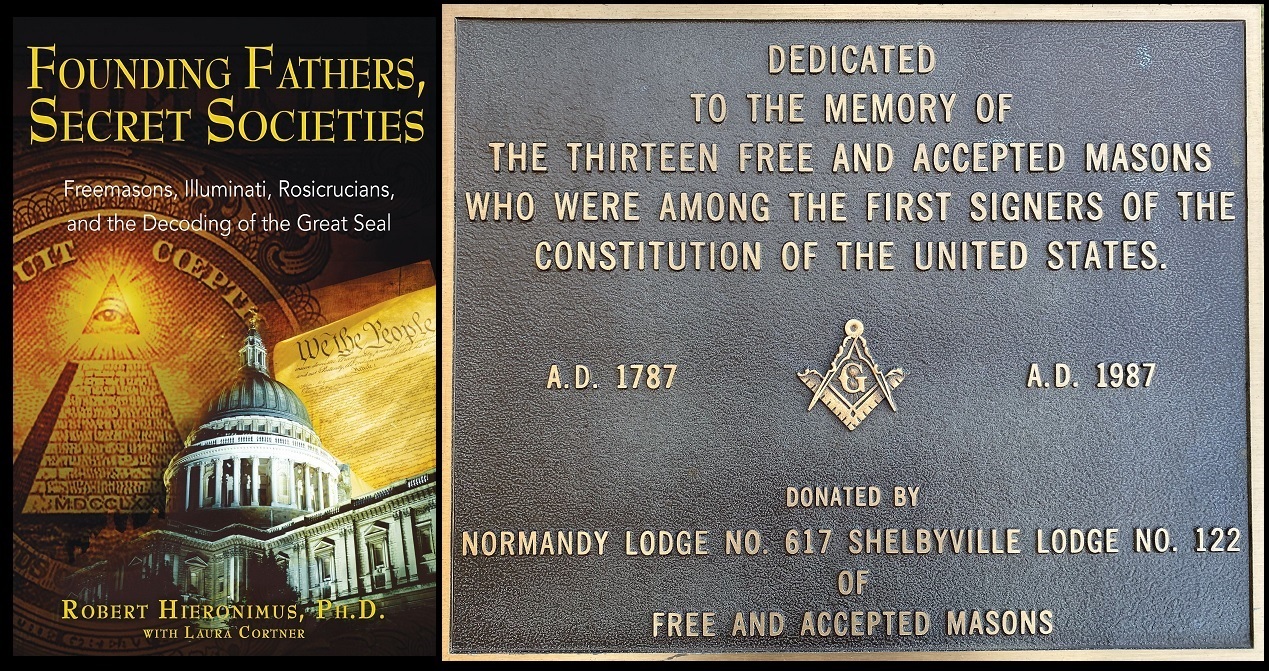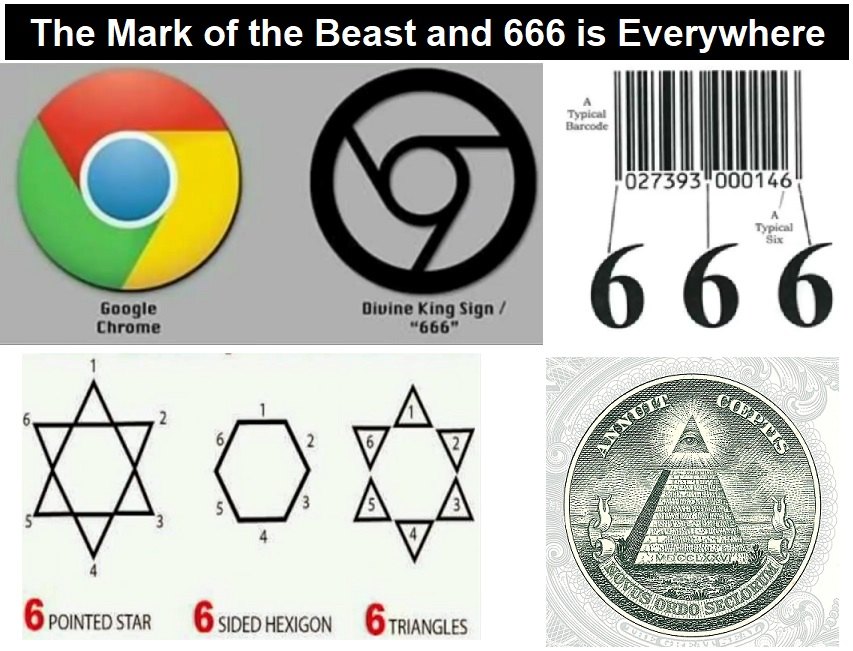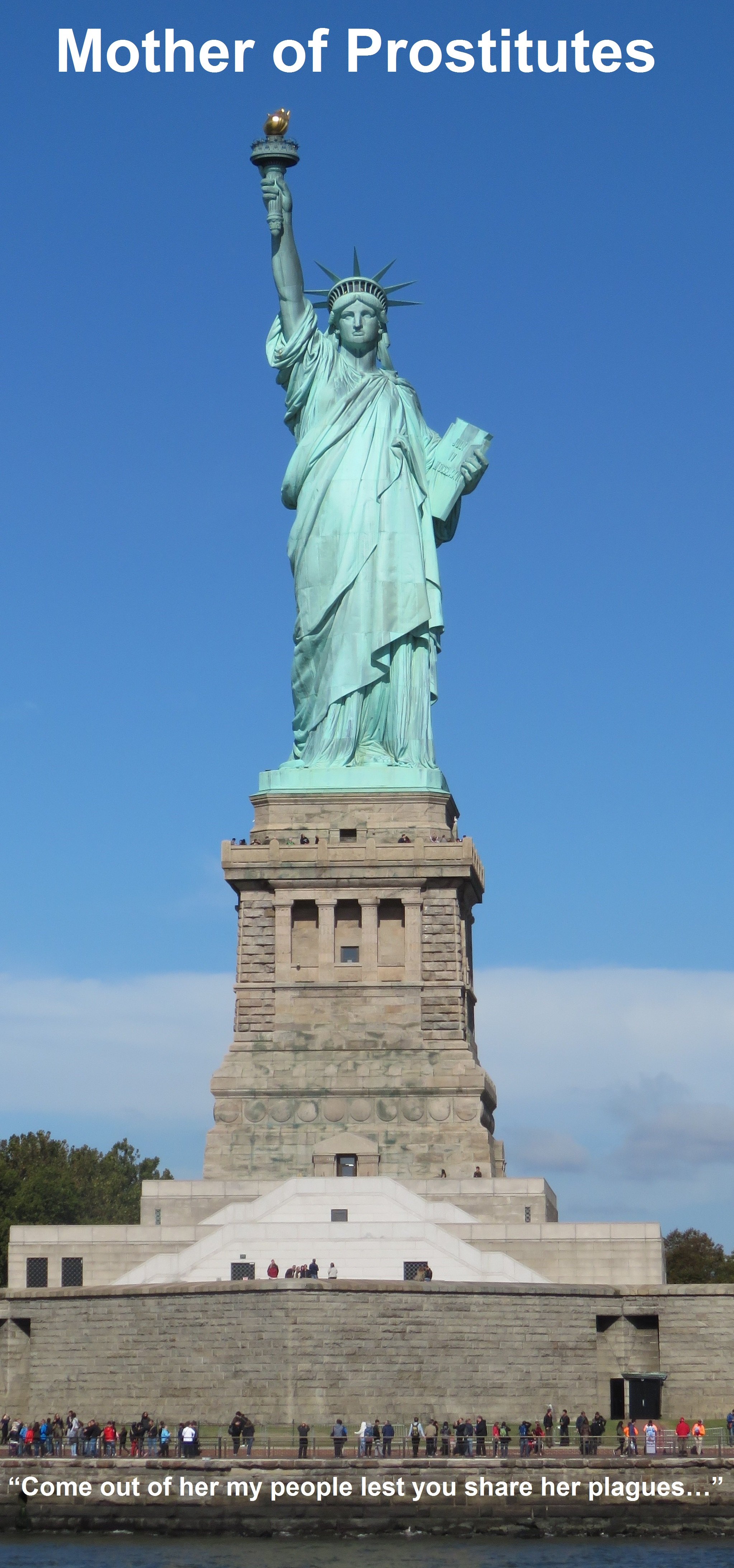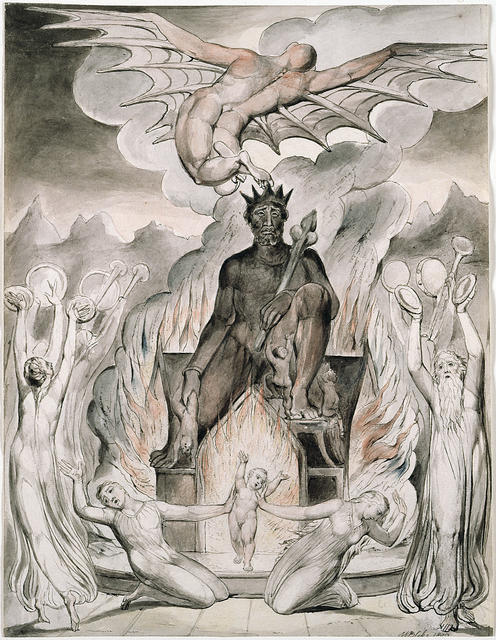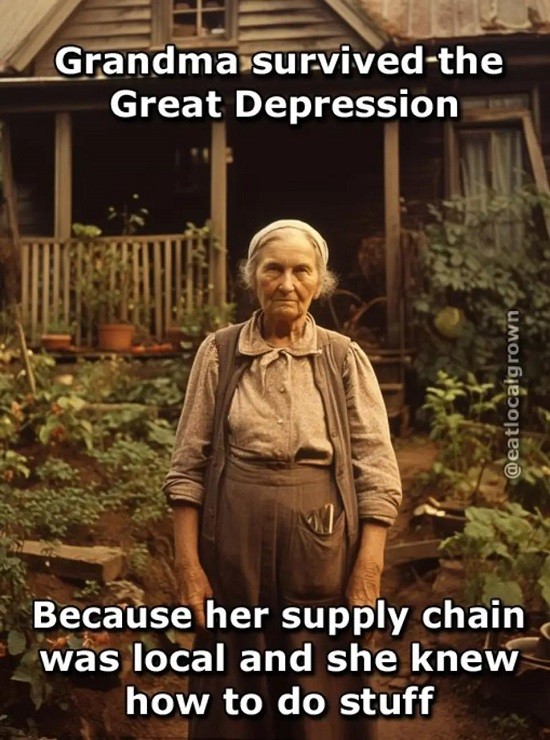
A Time Capsule from the 1930s: What’s Different Now
by Charles Hugh Smith
Of Two Minds
Excerpts:
If we compare health and endurance, well-being, security, general attitudes, family and community ties and values, we would conclude that it is we who are impoverished.
We’re taking care of my 92-year old mother-in-law here at home. She has the usual aches and pains and infirmities of advanced age but her mind and memory are still sharp. Her memories of her childhood are like a time capsule from the 1930s.
My mom-in-law has always lived in the same general community here in Hawaii. She’s never lived more than about 10 miles from the house where she was born (long since torn down) in 1931. Listening to her memories (and asking for more details) is to be transported back to the 1930s, an era of widespread poverty unrelated to the Great Depression. Many people were poor before the Depression. They were working hard but their incomes were low.
Prior to the tourist boom initiated by statehood and affordable airfare, Hawaii’s economy was classically colonial: large plantations owned by a handful of wealthy families and/or corporations (known as The Big Five) employed thousands of laborers to raise and harvest sugar cane and pineapple. Pearl Harbor, Hickam air base and Schofield Barracks were large military bases on Oahu. Travel between islands was expensive (ferries) and each island was largely self-sufficient.
Even taking a bus for the 12-mile ride to the island’s sole city was a rare luxury, an excursion that occurred a few times a year.
Plantation workers were not yet unionized in the 1930s, and wages were around $20 a month for backbreaking field labor–work performed by both men and women. Typical of first and second-generation immigrant communities of the time, families were generally large. Six or seven children was common and nine or ten children per family was not uncommon. Many families lived in modest plantation-provided camps of two bedroom houses.
Gardens were not a hobby, they were an essential source of food to feed a table of hungry kids and adults. Candy, snacks, sodas, etc. were treats reserved for special occasions and holidays. Kids usually went barefoot because shoes were outside the household’s limited budget.
Staples were bought at the company store (or one of the few privately owned groceries) on credit and paid off when the plantation paid wages.
Credit issued by banks was unknown. Neighborhoods (kumiai) might pool a few dollars from each family every year and offer the sum to the highest secret bidder or by lottery. Those households that scraped up enough to open a small business often worked 12 hours a day, 7 days a week (or equivalent: 14 hours 6 days a week).
Neighbors helped with births and deaths.
Since no one could even dream of owning a car, transport was limited. Children and adults walked or biked miles to school or work. Many sole proprietors made a living delivering vegetables, meat and fish around the neighborhoods. (This distribution system is still present in rural France where my brother and sister-in-law lived for many years). Each vendor would arrive on a set day / time and housewives could gather to buy from the proprietor’s jitney or truck. Children could eye the few candies longingly, and if they were lucky, a few pennies would be given to them to buy a candy.
Locally baked bread was delivered by boys. Milk was delivered by small local dairies.
Nostalgia is a powerful force, but I don’t think we can dismiss the general happiness of my Mom-in-law’s childhood as airbrushed impoverishment. The poverty seems obvious to us now, but at the time it was normal life. Everyone was in the same general socio-economic class. The plantation manager lived in a mansion with servants, but those with wealth were few and far between. In other words, wealth and income inequality was extreme but the class structure was flat: the 99% had very similar incomes and opportunities–both were limited.
Employment was stable, community ties and values were strong without anyone even noticing, and everyone had enough to eat (though not as much as they might have wanted, of course).
This secure plantation structure of work and community was still firmly in place in 1969-1970 when I lived on the pineapple plantation of Lanai (and picked pineapple with my high school classmates in the summer), and so I was fortunate to experience it first-hand. My Lanai classmates speak fondly and with a sense of loss when they recall their youth. Life was secure and protected, and with unionization of the workforce, the wages sufficient enough for frugal households to save enough to send their children to college off-island.
I can personally attest that fond memories of 1970s plantation life are not distorted by nostalgia. These memories are accurate recollections of a far more secure, safe and nourishing place and time.
Compared to today, the typical 1930s diet was locally grown / raised and therefore rich in micro-nutrients. Grains such as rice and flour came from afar, but other than canned fish and similar goods, food was local and fresh. Little if any was wasted.
People typically worked physically demanding jobs that burned a lot of calories.
There are many people 90+ years of age in our neighborhood. My Mom-in-law’s brother–like many of the men in this age bracket, he was a World War II veteran of the famed 442nd unit–died last year at 96, despite smoking a half-pack of cigarettes daily until the end. A neighbor/friend just passed away at 99 (he was also a 442nd veteran). Our neighbor (cared for by her daughter and son-in-law, just like us) just turned 100. These people are generally healthy and active until the end of their lives.
If we look for causal factors in their advanced age and generally good health, we cannot ignore the high-quality, near-zero-processed foods diets of their youth and their strong foundations in community ties and values.
If we compare the financial and material wealth most enjoy today with the limited income and assets of the pre-war era, we would conclude they lived in extreme poverty and their lives must have been wretched as a consequence.
But if we compare health and endurance, well-being, security, general attitudes, family and community ties and values, we would conclude that it is we who are impoverished and it was their lives that were rich in these essentials of human life.
The world has changed since the 1930s, of course. Materially, our wealth and options of what to do with our lives are off the charts compared to the 1930s. But if we look at health, security, well-being, community ties, social cohesion and civic virtue, our era seems insecure, disordered and deranging.
The irony is that those who have grown weary of our divisive, rage-inducing socio-economic system yearn for all that’s been lost in the rise to material wealth and opportunities to spend that wealth. Those who grasp the emptiness of spectacle and material wealth and who have the means to do so are seeking the few enclaves that still have a few shreds of community and social cohesion left.
These enclaves then get listed on “best small towns in America” or “best places in the world to retire” and the resulting influx of wealthy outsiders destroys the last remaining shreds of what everyone came for.
Read the full article at Of Two Minds.
Comment on this article at HealthImpactNews.com.
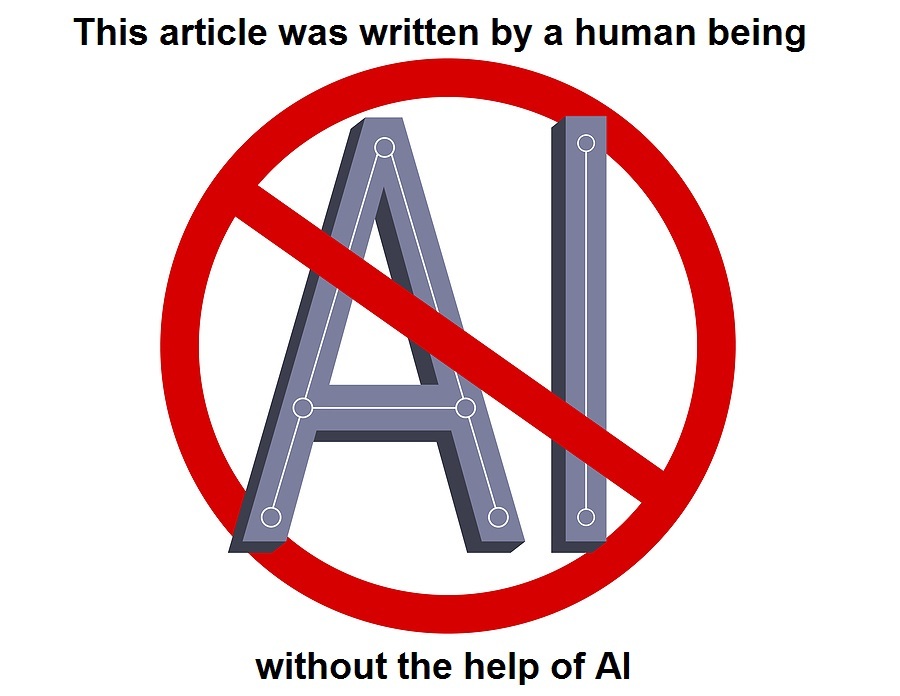
See Also:
Understand the Times We are Currently Living Through
Exposing the Christian Zionism Cult
Jesus Would be Labeled as “Antisemitic” Today Because He Attacked the Jews and Warned His Followers About Their Evil Ways
Insider Exposes Freemasonry as the World’s Oldest Secret Religion and the Luciferian Plans for The New World Order
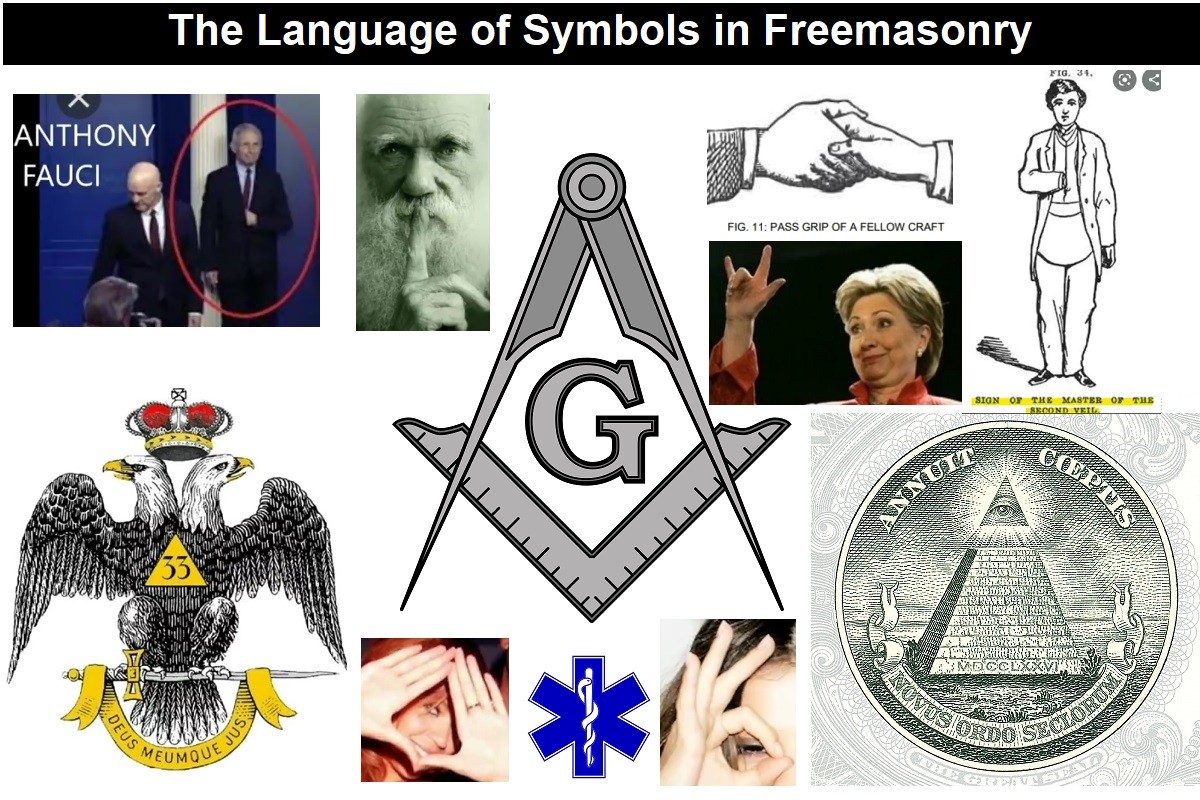
Identifying the Luciferian Globalists Implementing the New World Order – Who are the “Jews”?
Who are the Children of Abraham?
The Brain Myth: Your Intellect and Thoughts Originate in Your Heart, Not Your Brain
Fact Check: “Christianity” and the Christian Religion is NOT Found in the Bible – The Person Jesus Christ Is
Christian Myths: The Bible does NOT Teach that it is Required for Believers in Jesus to “Join a Church”
Young Man Living on the Streets Finds Jesus of the Bible – Overcomes Drug and “Terminally Online” Addictions
COVID “Vaccine” Injured Muslim Man Learns COVID was a Scam and Meets Jesus of the Bible as he Begins to Heal
Was the U.S. Constitution Written to Protect “We the People” or “We the Globalists”? Were the Founding Fathers Godly Men or Servants of Satan?
The Seal and Mark of God is Far More Important than the “Mark of the Beast” – Are You Prepared for What’s Coming?
The United States and The Beast: A look at Revelation in Light of Current Events Since 2020
The Satanic Roots to Modern Medicine – The Mark of the Beast?
Medicine: Idolatry in the Twenty First Century – 8-Year-Old Article More Relevant Today than the Day it was Written
Having problems receiving our emails? See:
How to Beat Internet Censorship and Create Your Own Newsfeed
We Are Now on Telegram. Video channels at Bitchute, and Odysee.
If our website is seized and shut down, find us on Telegram, as well as Bitchute and Odysee for further instructions about where to find us.
If you use the TOR Onion browser, here are the links and corresponding URLs to use in the TOR browser to find us on the Dark Web: Health Impact News, Vaccine Impact, Medical Kidnap, Created4Health, CoconutOil.com.




